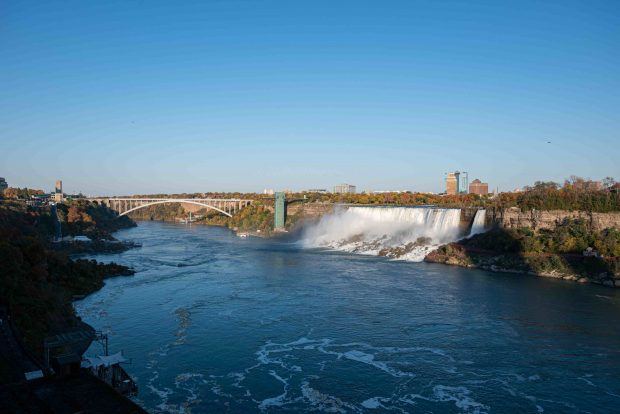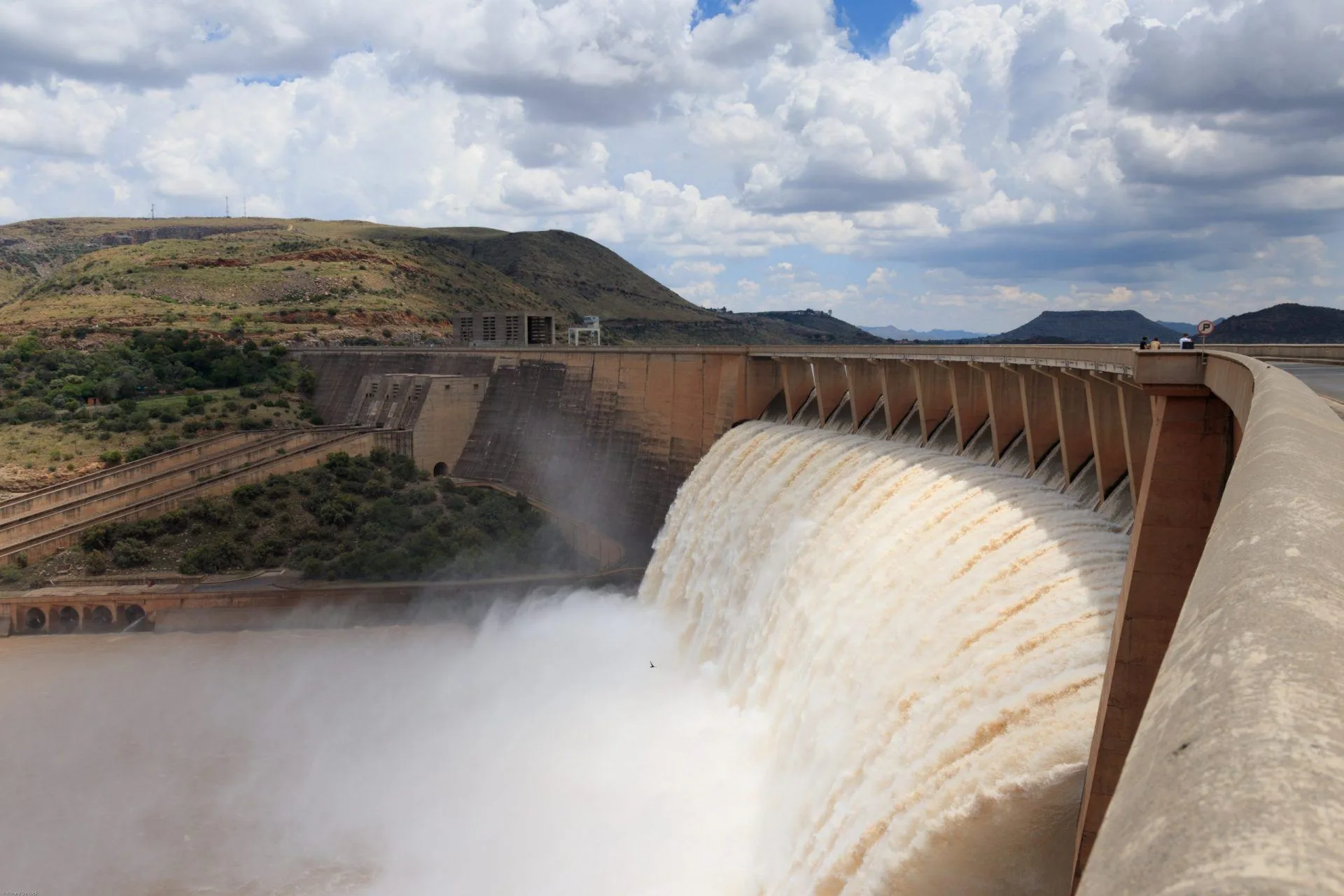Hydroelectric power is also known as hydropower. It is a type of renewable energy that harnesses the power of moving water to generate electricity. Hydropower is a valuable solution. Especially if you consider the growing importance of reducing carbon emissions. Many pay special importance to the reliance on sustainable energy sources. Longevity Live Paid Content.
Hydroelectric power offers several advantages, such as:
- Being a clean source of energy
- Cost-effective
- Providing a reliable energy source.
The history of hydroelectric power dates back to the late 19th century. The United States had their first commercial hydroelectric power plant built in 1882.
How Hydroelectric Power Works
Hydroelectric power works by harnessing the kinetic energy of moving water. Be sure to visit the website for more information about energy suppliers who manufacture energy. The water cycle involves the constant circulation of water from the Earth’s surface to the atmosphere and back. This movement of water creates energy that can be harnessed to generate electricity.
Hydroelectric power plants consist of several components, such as:
- Dam
- Reservoir
- Turbine
- Generator
There are three main types of hydroelectric power plants:
- Impoundment
- Run-of-river
- Pumped storage
The working principle of hydroelectric power plants is very straightforward. Water from a dam or reservoir is directed to a turbine, which then spins to generate kinetic energy. This kinetic energy is then converted into electrical energy by a generator. From there it’s transmitted to the electrical grid for distribution.
Advantages of Hydroelectric Power
Hydroelectric power has several advantages to make it a very valuable solution. It is a clean energy source, producing no greenhouse gas emissions.
Hydro-power is renewable and sustainable. It relies on the water cycle, which is regularly replenished by precipitation.
Also, it is clean and renewable. Besides that, hydroelectric power is cost-effective. Once you make the initial investment into hydropower, the operating costs are relatively low. This alone makes it a very affordable energy source.
Hydroelectric power is also a reliable energy source. The primary reason for this is its dependence on weather conditions like wind or solar power. It has a high energy density, meaning it can generate a lot of power in a small amount of space.
Finally, hydroelectric power has a low impact on the environment. Thanks to low greenhouse gas emissions, and the ability to control water flow for many uses. What comes to mind are irrigation and flood control.
Challenges and Limitations of Hydroelectric Power
Despite its advantages, hydroelectric power is not without its challenges and limitations. The construction of hydroelectric power plants can have a significant environmental impact. It alters the water flow and affects aquatic ecosystems.
Hydroelectric power is also dependent on water levels, which can fluctuate seasonally. This would affect the power generation capacity. Also, many countries find it hard to build hydroelectric power plants. They need a lot of money upfront.
Lastly, there aren’t many places where one can use hydroelectric power. What comes to mind are rivers or lakes as they often have enough water.
Why Investing in a Renewable Energy Source is the Future of Sustainable Energy
Hydroelectric power offers several benefits over other energy sources:
- Hydroelectric power comes from the natural flow of water. So it is a source of energy that you can use over and over again.
- Clean: Unlike fossil fuels, hydroelectric power does not emit harmful pollutants into the air or water, making it a clean source of energy.
- Reliable: Hydroelectric power plants can keep making energy, so they are a reliable way to get power.
- Cost-effective: Once you’ve set up a hydroelectric power plant, the cost of producing energy is low. The only cost you’re dealing with is the maintenance of the plant and equipment.
- Versatile: Hydroelectric power can is useful to power homes, businesses, and factories.
Do your part by investing in hydroelectric power. If you do, you’ll reduce greenhouse gas emissions and lower the carbon footprint. We recommend the use of renewable energy sources.

Photo by Joshua Wade
How Can We Make Hydropower More Sustainable?
Hydropower is a lot more sustainable once you put in place the following measures:
- Improved dam design and construction: Better-designed dams that take environmental impact into account. You’ll use more sustainable construction methods to reduce the environmental impact of hydropower.
- Incorporate fish passage and protection measures: Dams may block the migration routes of fish. Fish ladders and other ways to make safer passage possible and help lessen this issue.
- Promote small hydropower systems: These offer renewable energy with less environmental impact.
- Minimizes water usage: Hydropower dams use large amounts of water. We should minimise water usage through efficient and sustainable water management practices.
- Enhance public participation and stakeholder engagement: Involve local communities and indigenous peoples. Do not forget to include other stakeholders when you plan hydropower projects. Doing so will ensure we take needs and concerns into account.
- Adding other renewable energy sources: We can add wind and solar power to hydropower. When you do this, you’ll incorporate a more diverse and sustainable energy mix.
- Current Trends in Hydropower and Future Developments
Hydropower continues to be a popular source of renewable energy. Some current trends in hydropower include:
- Modernization: Many older hydropower plants undergo upgrades to increase efficiency and improve output.
- Small-scale development: There is a growing interest in building small hydropower projects. Especially in rural areas where access to electricity is limited.
- Expand into new markets: Hydropower is built up in new places, like Africa and Southeast Asia.
- Better technology: Improvements in technology. Think about things such as better turbine design. Such endeavors help hydropower plants make more electricity.
- Increased storage: Pumped storage hydropower. These use excess energy to pump water uphill into a storage reservoir. It is becoming more popular to store energy for use during times of high demand.
Future developments in hydropower are likely to include the following:
- Integration with other renewable energy sources: It is likely that hydropower will harmonize with other renewable energy sources, such as solar and wind power. Doing so will lead to hybrid systems that produce more energy.
- Floating solar panels are growing. Floating solar panels are used with hydropower to make hydropower plants more efficient. It is a clever initiative to get more power out of them.
- Development of efficient turbines: We’ll help increase output and lower costs when we continue to make hydropower turbines more efficient.
- Increased use of digital technology: Digital technology, such as IoT and artificial intelligence will optimise hydropower plant operations. Thereby increasing energy output.

Photo by Yajun Dong
Conclusion
Hydroelectric power is a clean and renewable energy source that offers several advantages. These include; cost-effectiveness, reliability, and a low impact on the environment. Even though it has problems and isn’t perfect. When we continue to invest in hydroelectric power technology, we’ll do our part and transition to a low-carbon energy future.
Hydroelectrical systems are automated. So, they’re less likely to make mistakes due to human error. Hydropower works better during peak loads or regular flows. It keeps the whole grid running at its best no matter how many customers you connect at any given time. Click here to find out how cow manure generates electricity.
Such automation makes governing and regulating these systems easier. You get to deliver real-time information while you lower staff requirements. There is no need to oversee daily operations. You’ll save money on both short-term investments and long-term costs connected to maintenance and upkeep.



![women [longevity live]](https://longevitylive.com/wp-content/uploads/2020/01/photo-of-women-walking-down-the-street-1116984-100x100.jpg)










